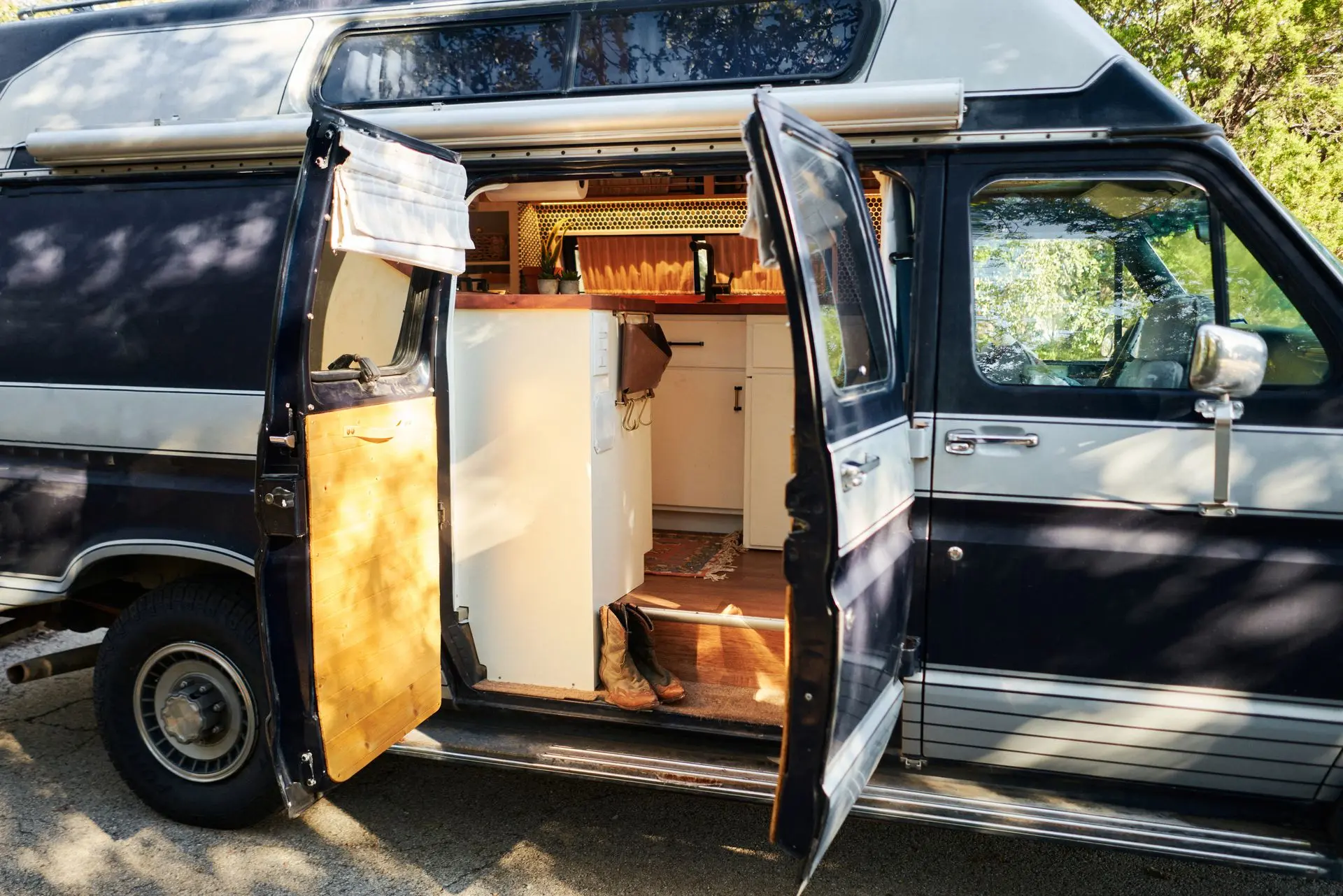When setting up a power system for your caravan or 4WD, one of the first decisions you'll face is choosing between a 12-volt or 24-volt system.
Both systems can run lights, fridges, inverters, and other accessories, but the right choice depends on your power needs, cable runs, and how you plan to use your setup.
What's the difference between 12V and 24V?
A 24 V system has double the voltage of a 12 V system. Voltage measures the force or "pressure" that pushes electrons through a circuit.
Voltage doesn't represent how much electricity is flowing (that's current, measured in amps), or how much work is being done (that's power, measured in watts). Instead, voltage provides the push that allows current to flow through a load.
Therefore, a 24 V system has double the amount of pressure than a 12 V system. 24 V doesn't mean more power, it just means that it delivers the same amount of power at a lower current.
This is why a 24 V system may be referred to as being more efficient. Let's look at an example.
Remembering that electrical power is measured in watts:
Watts = Volts x Amps
So for the same power:
- At 12 V, 600 W draws 50 A
- At 24 V, 600 W draws 25 A
Lower current (amps) means:
- Less voltage drop across long cable runs
- Thinner, lighter cables can be used
- More efficiency and less heat
This is why larger systems often run 24 V - especially when powering high-draw devices like large inverters, induction cooktops, or multiple fridges.
When 12 V makes more sense
12 V is ideal if:
- Your setup is small to medium-sized
- You use standard 12 V appliances like fridges, lights, fans, water pumps
- You want easy compatibility with vehicle charging (your car's alternator outputs 12 - 14 V)
- You prefer a plug-and-play ecosystem (DC-DC chargers, solar regulators, and accessories are readily available in 12 V)
Most camper trailers, touring 4WDs, and basic caravan systems run perfectly on 12 V.
Read more: 12V / 24V Battery & Solar Systems for 4WD & Camping
When 24 V is worth considering
24 V is a smart choice if:
- You plan to run a high-power inverter
- You need to power multiple high-draw devices at the same time (induction cooktops, air conditioners, coffee machines)
- You have long cable runs (for example, a large caravan or bus conversion)
- You want to halve the current and reduce cable size and voltage drop
Keep in mind:
- You may need a DC-DC converter to run 12 V appliances from your 24 V battery bank
- Alternator charging is more complex - you'll need a compatible 24 V DC-DC charger
Read more: How to calculate how much solar you need for camping & 4WD
Pros and cons
12 V system | 24 V system | |
Commonality | Very common in 4WDs and caravans | Less common in small setups |
Current | Higher current for same power | Lower current for same power |
Cable size | Needs thicker cables | Can use smaller cables (less expensive) |
Appliance choice | Wide range of 12 V gear available | Limited 24 V gear (need converters) |
Charging from vehicle | Small-medium power systems | Large or high-power systems |
Ideal for | Small-medium power systems | Large or high-power systems |
How to decide between 12 V and 24 V
Ask yourself:
- What's my peak power demand? (add up watts from all devices you may run at once)
- How far apart are my batteries, inverter, and loads? (longer cables favour 24 V)
- Do I want to keep things simple and widely compatible? (then 12 V wins)

Is It Better To Run 12 V or 24 V?